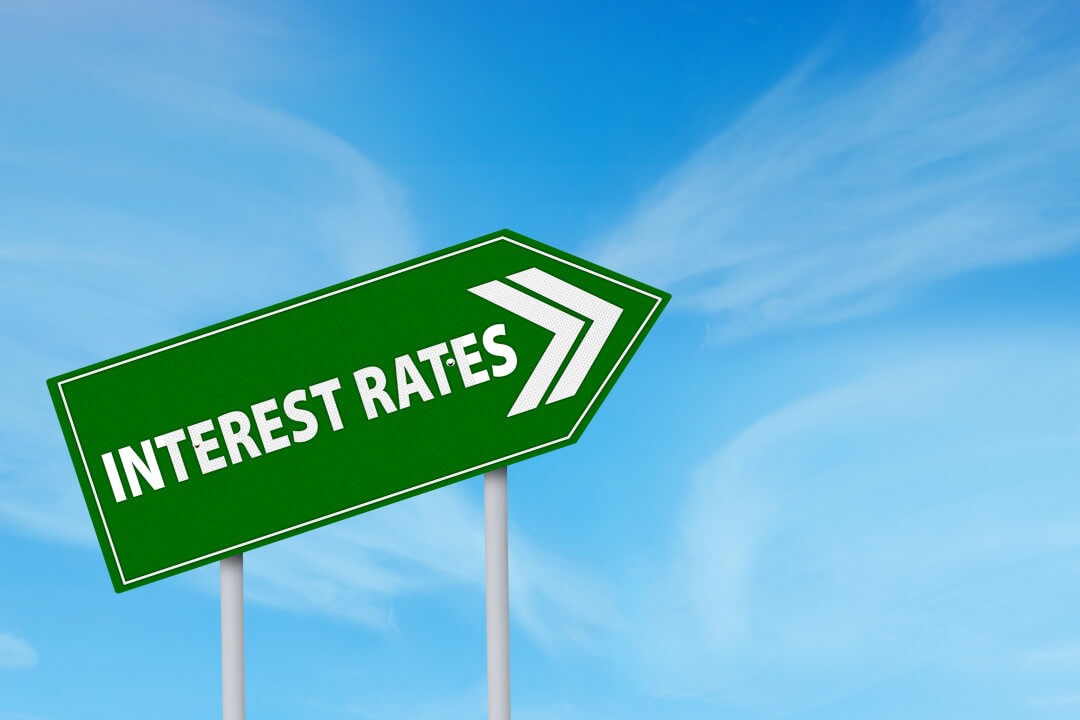
We’ve reached a turning point in regard to the flow of the world’s money, as the Federal Reserve Board of the United States has decided to end the 0% interest rates implemented to tackle COVID-19 and raise rates for the first time in over three years by .25%.
The American economy has quickly returned to pre-pandemic levels. However, as supply hasn’t kept up with demand, the price of goods has shot up since last year, with Russia’s invasion of Ukraine driving up the cost of resources further. As the price of goods in America hits a 40-year high, raising interest rates to stave off inflation is a reasonable measure. The Fed will continue with its austerity measures. If it intends to raise rates at increments of .25%, including this previous instance, rates will rise seven times within the year, an extremely high pace. This shows just how much wariness of inflation is growing.
The biggest worry is that the economy will grind to a standstill. Fed Chair Jerome Powell said, “Because the economy is bullish, it can deal with increased interest rates, but if inflation drags on it will be a disaster.”* There are also those who fear that as the Fed is occupied with suppressing inflation, the economy will enter a state of stagflation, where goods will become more expensive as conditions get worse.
The international community is being very watchful now, as rising rates spur on the urge to buy into the dollar, meaning funds from emerging nations have flooded the market and cheapened it. If the same thing happens to other countries, the world economy will be thrown into disarray. To avoid this type of disaster, the Fed must carefully predict the movements of the market and be flexible in how high and how often it raises rates.
It’s not just America that has to brave this storm, as the U.K. has raised rates back to pre-pandemic levels, and the European Central Bank has worked to quickly reduce its levels of quantitative easing. Both America and Europe are abandoning the policies they took to cope with the pandemic in favor of holding back inflation.
In complete contrast, the Bank of Japan decided on March 18 to preserve its policy of monetary easing; the Japanese economy has been slow to recover, and it is currently not realistic to raise interest rates and cut relief measures. However, the rising price of goods that comes with sanctions against Russia is felt here in Japan just as much as in the West. Many worry that as American interest rates rise, the yen will cheapen and import costs will grow even larger. This will be a huge blow to consumers as their wages can’t keep up. The Bank of Japan must work in tandem with the government and use maximum caution to combat rampant inflation.
*Editor’s Note: This quotation, accurately translated, could not be verified.

Leave a Reply
You must be logged in to post a comment.